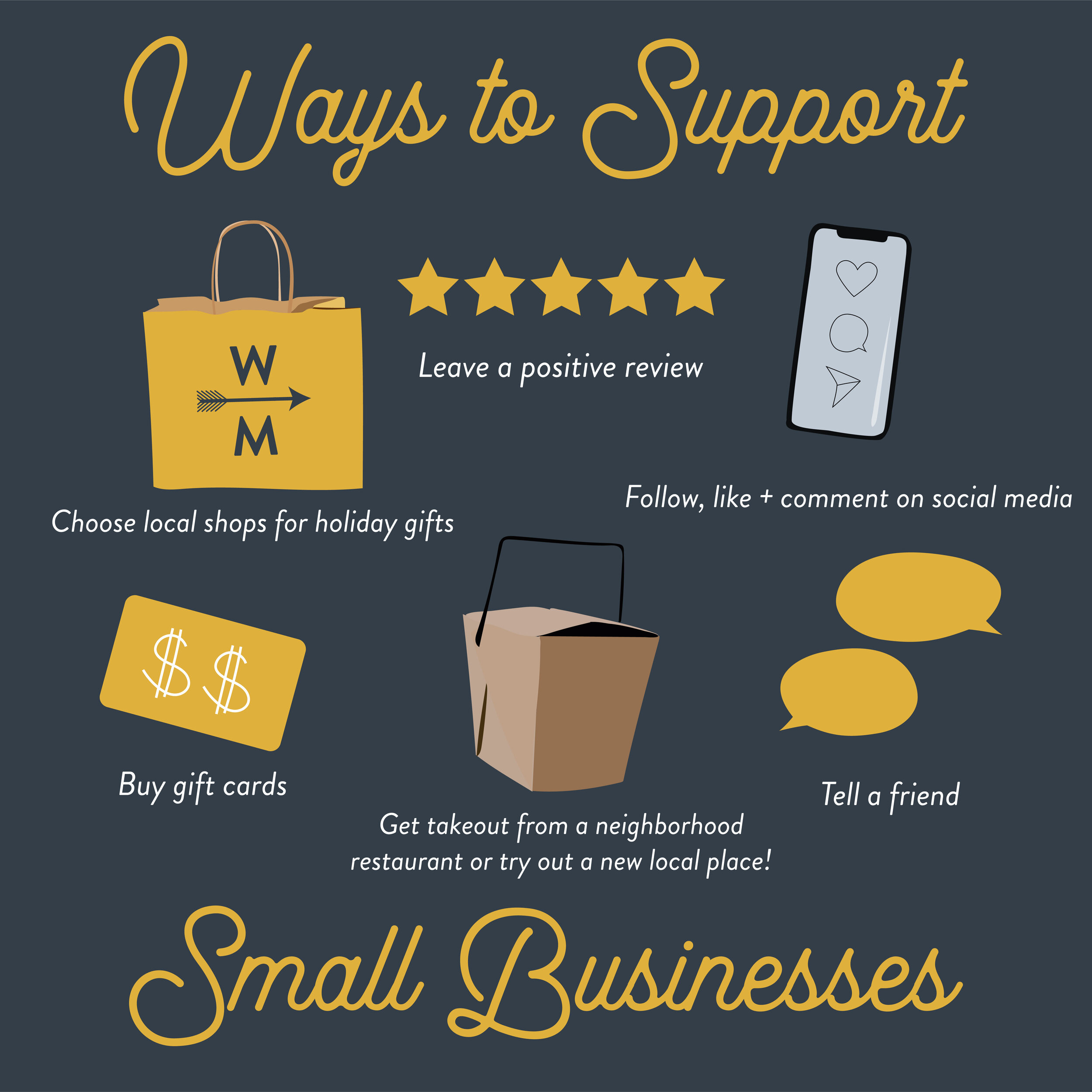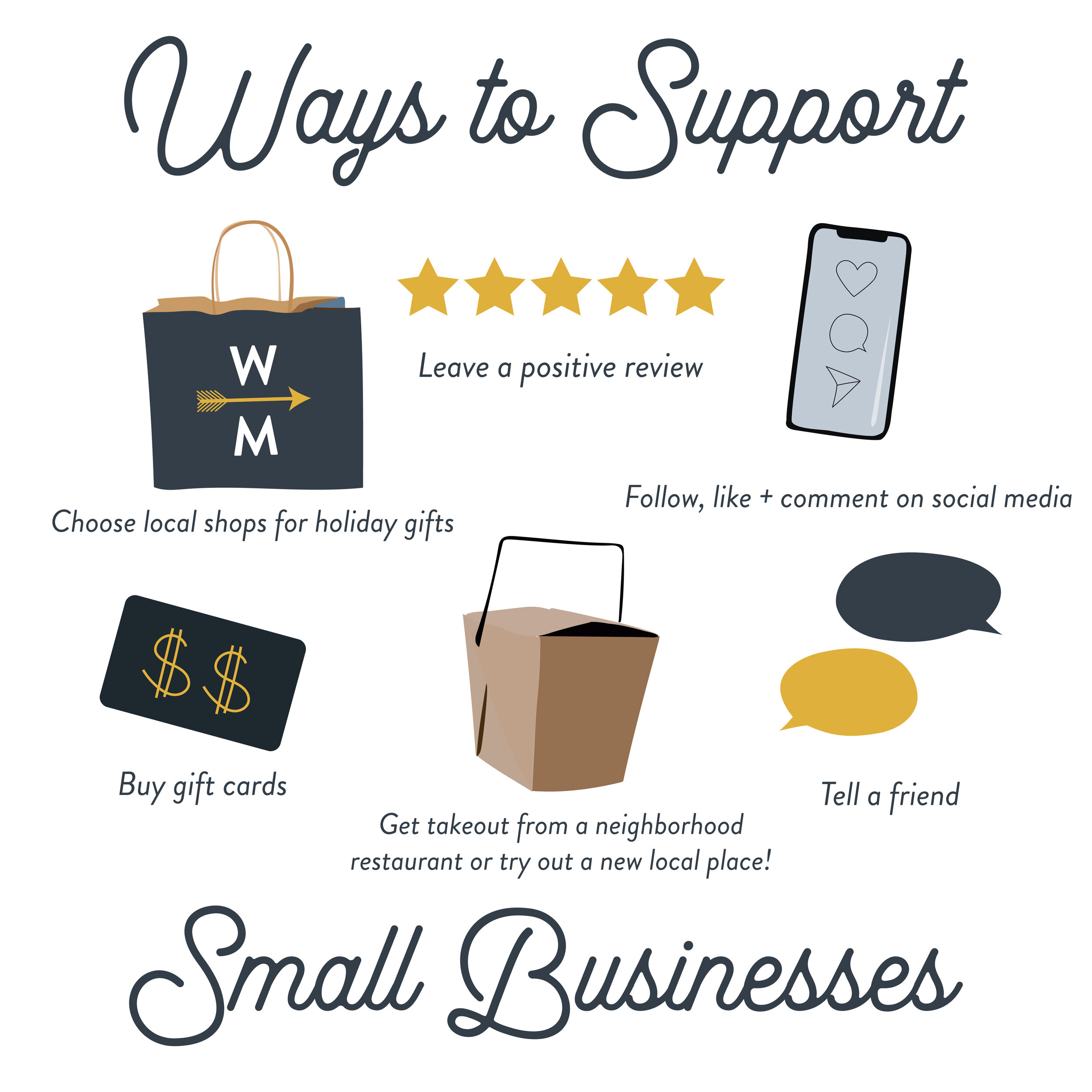How to price a listing in a red-hot seller's market
Basing your price on comparable sales is usually a solid strategy. But what happens when you try to sell your own house in a red-hot seller's market with a broad range of comps? Here's one real estate pro's experience, which was originally published in Inman News:
When you’re selling your own property in a red-hot seller’s market, and the comps are all over the place, where do you price your listing to obtain the highest possible price?
I’m currently helping my brother buy a new condo here in Austin and sell our family home in California. As I look at the comparable sales on realtor.com and Zillow, however, I’m in a real quandary about where to price the property, especially because I don’t have access to the Los Angeles MLS.
When you are the seller
First and foremost, if you’re selling your primary residence, don’t become a for-sale-by-owner (FSBO). Instead, hire the most competent agent you know to represent you. If you feel you are entitled to part of the commission, take a 25 percent referral fee. You will be better served by having a great agent negotiating on your behalf rather than doing it yourself.
‘But Zillow says my house is worth more!’
One of the most common objections agents hear is, “Zillow says my house is worth more.” Like other sellers who cannot access the MLS, I decided to check the values on five different AVMs to see where they priced our three-bedroom, two-bathroom, 1,224-square-foot property:
HomeSnap: $747,000
NARRPR.com: $647,000 – $840,000
Realtor.com: $719,000
Trulia: $791,654
Zillow: $799,000
When a seller raises the Zillow objection, share the values from the AVMs above and then say:
“These values are based on computer algorithms known as automated valuation models. As you can see, the numbers are quite different. The only way to accurately estimate the value of your property is to do a thorough analysis of the comparable sales.”
At that point, review your comparable market analysis (CMA).
Which comparable sales are the right comparable sales?
Although there’s very little inventory on the market, we had two strong comparable sales. A flipper sold the three-bedroom, one-bathroom, 1,024-square-foot home directly across the street for $720,000.
The two-bedroom, one-bathroom, 888-square-foot house two doors up the street sold for $630,000. It was identical to ours before we added a full primary suite, bath and walk-in closet. Based on those two comparable sales and the AVM numbers, I put the price on our property at about $785,000 or possibly $800,000 in a multiple-offer situation.
Was becoming an iBuyer the right option?
I decided to investigate the HomeLight Trade-In program to see if working with it made sense. The representative I worked with asked me if I would like to see an investor offer, which she could generate on the spot. I received an offer from Opendoor of $763,000 and one from another investor of $722,000 in less than two minutes.
Opendoor charges a 5 percent administrative fee for its program, about 2 percent in closing costs, plus any repairs they have to make to put the property on the market. It offers licensed agents/brokers a 1 percent referral fee for any listings they introduce to Opendoor.
When I ran the numbers doing a traditional sale versus doing the Opendoor offer, the difference was only about $8,000. The challenge was that Opendoor couldn’t finalize the offer until it had a detailed video of the property. Normally, it would send someone out in person, however, with the increase in COVID-19 cases, that service was on hold.
I was giving serious thought to flying out to California, shooting the video and seeing if I could do a concurrent close with the condo and avoid having to take out a loan.
The comp that changed everything
Our house was built in 1951. The developer built that same floor plan on eight other lots in the area. A few days ago, I remembered saving a listing that was the exact same house as ours, though our additions were slightly different. I searched for it and found that it closed at the end of October for $852,000.
Back to basics
Now, I was really confused. I decided to use the same approach I’ve used for decades — a price-per-square-foot comparison. There were nine comparable sales in the immediate area with an average price per square foot of $695. That put the property at $851,000. After that analysis, the $850,000 price seemed right.
Back at Opendoor
Opendoor currently had a property on the market that was similar to our home. It had purchased the home for $762,000 and currently had it on the market at $820,000 after two price reductions from the original list price of $830,000.
The kitchen cabinetry was in poor condition, and the living areas had two different colors of hardwood. Clearly, a $763,000 offer was a non-starter for us given Opendoor’s list price on this property.
Which pricing strategy should I use?
On this week’s show, Greg McDaniel asked me an important question, “What matters most to you and your brother — time or money?” Like most sellers, I would like both.
McDaniel went on to explain that agents in his area (Walnut Creek) are pricing properties exactly where they should sell. On the other hand, agents in San Francisco and Contra Costa County are pricing properties 15-30 percent below market value to get them bid up.
I turned to my long-time friend Nancy Sanborn, who is the top probate agent in Los Angeles. She was adamant I should list at $799,000.
Going where consumers cannot go
When I sent Sanborn my price-per-foot analysis, she stuck to her guns on the price. She told me she had used this strategy on every one of her listings, and they all were bid up well over asking price.
Because I didn’t have access to the Los Angeles MLS, Sanborn researched the list prices on the comparable sales. That was a real eye-opener. My “perfect comp” was listed at $819,000, was bid up to $857,000, with a seller concession of $5,000 for repairs to make the final price $852,000.
The $1 and $100 pricing mistakes
In 2019, I wrote an article explaining why it was important to change your pricing strategy based on the high percentage of people who were searching on their mobile devices. For example, if you priced your property at $799,000, you would miss those people who were searching above $800,000.
At this point I was considering listing at $800,000. When I checked the price ranges realtor.com generated automatically for mobile searches, the range was $600,000-$800,000. So, $800,000 seemed like the right price, but I was still thinking about what Sanborn had recommended.
It’s their house, and it’s their decision
Because this is my brother’s home, I decided to let him make the final decision. Based on his experience managing a specialty electronics store, he said the following:
“We always priced our products with a 99 on the end because of the psychological motivation of it seeming less expensive. Let’s list at $799,000.”
That clinched it for me. When the house is ready for sale, we’ll be listing at $799,000. There’s an old broker adage that says, “You can’t underprice a property in a heated market.” We’ll see if it’s true in our case.
Want to keep learning about CMA’s and pricing strategies?
+ Join Managing Broker Greg Fischer to get the ins and outs of performing Comparative Market Analysis (CMA).
As Cloud CMA founder Greg Robertson would say "successful real estate practices aren't built on guesswork. He will make a special appearance and share insights from his new book "The Art of the CMA: Win Hearts, Minds, and Loyalty by Mastering Real Estate’s Most Versatile Tool."
+ CMA's 3 Ways: How to create a Comparative Market Analysis report using 3 different platforms, and how to prospect using CMA's.
Matrix, RPR and Cloud CMA are 3 tools that Realtors use to research property values and create Comparative Market Analysis reports.
During this class, you will learn how to use all 3 tools and which might be appropriate to use in different situations.
Watch the Replay



















































